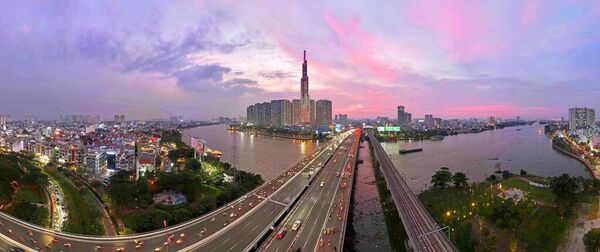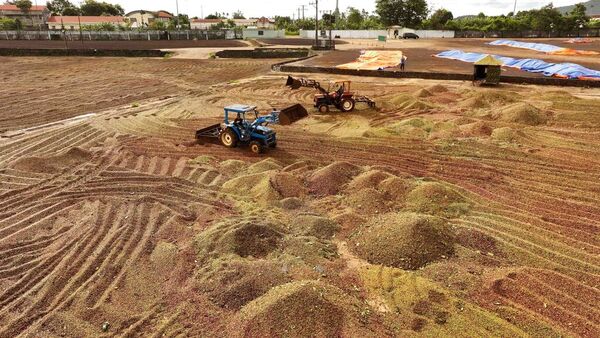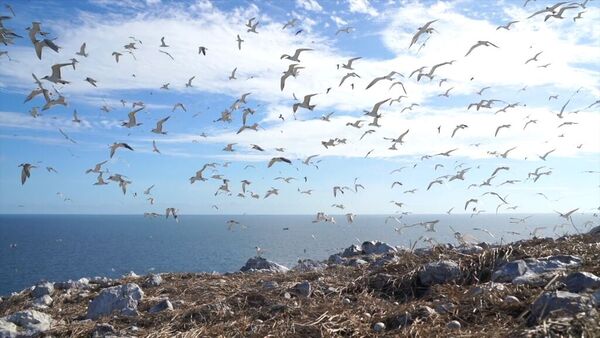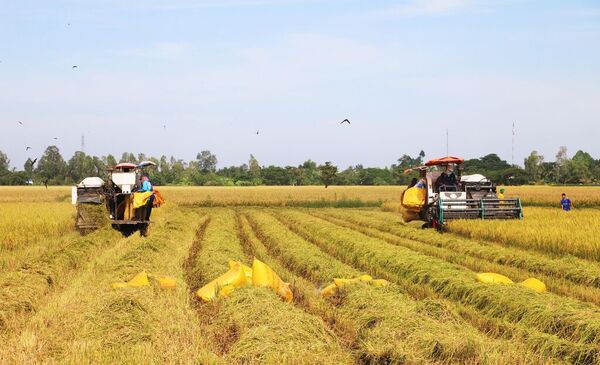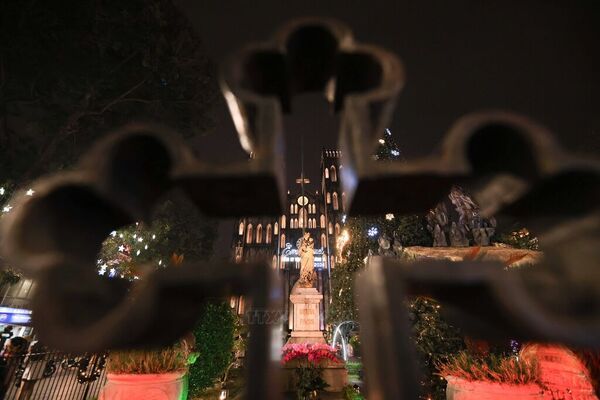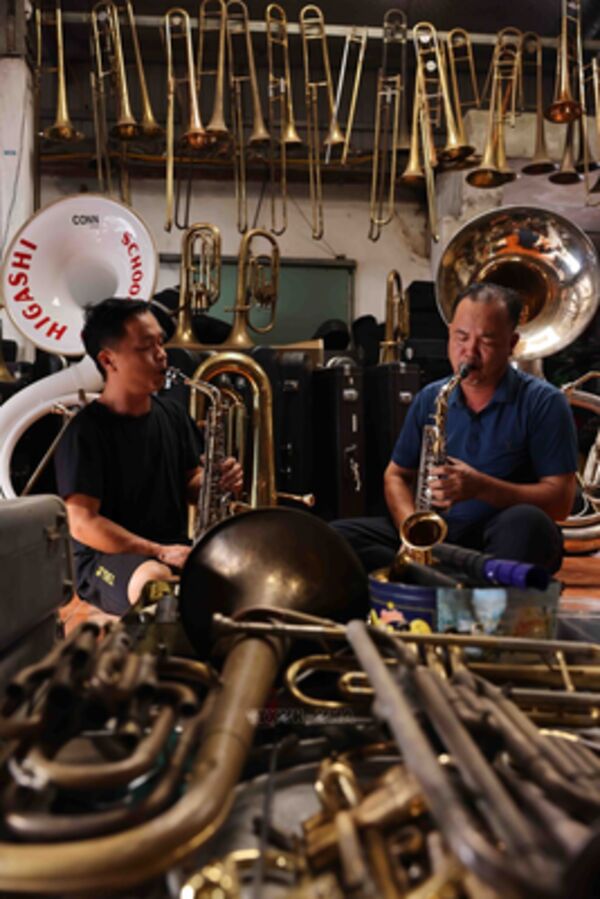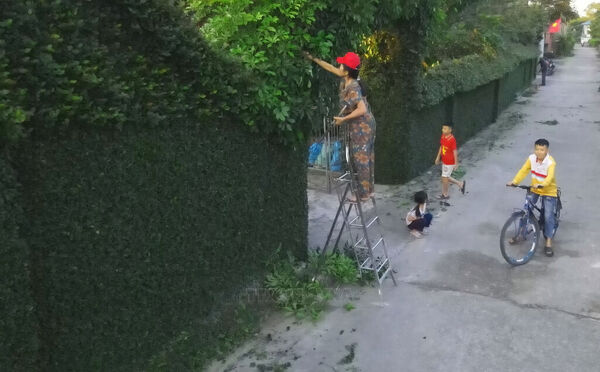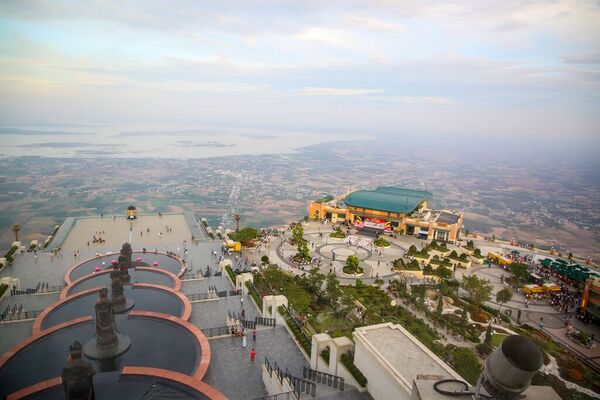
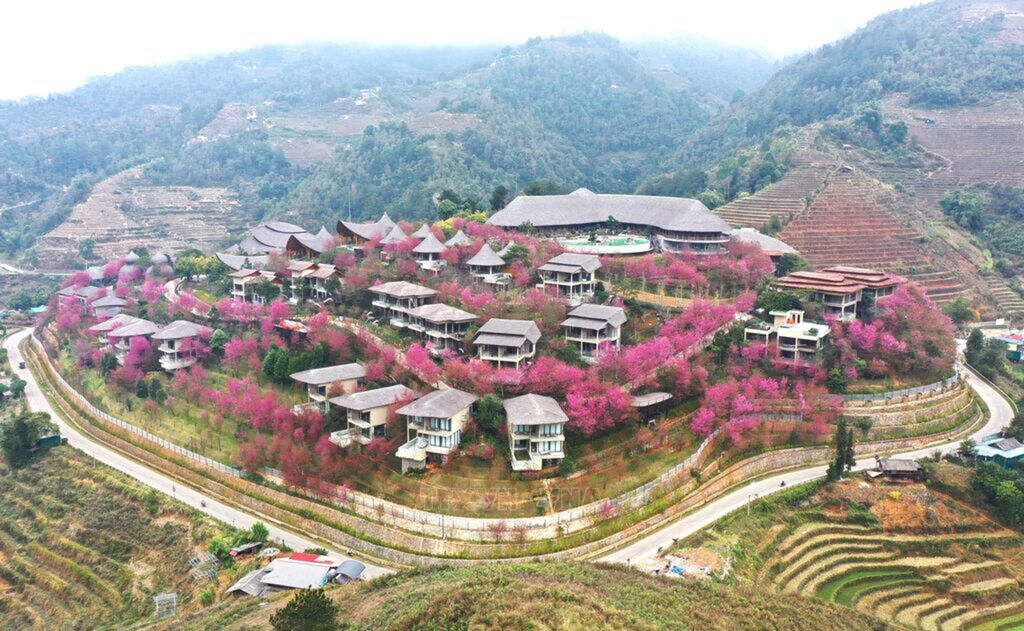
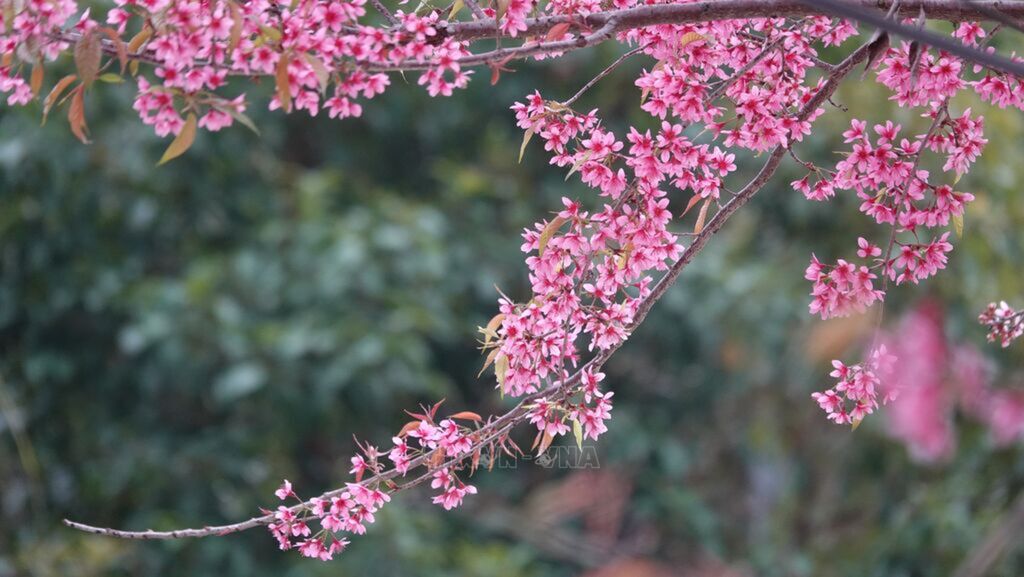
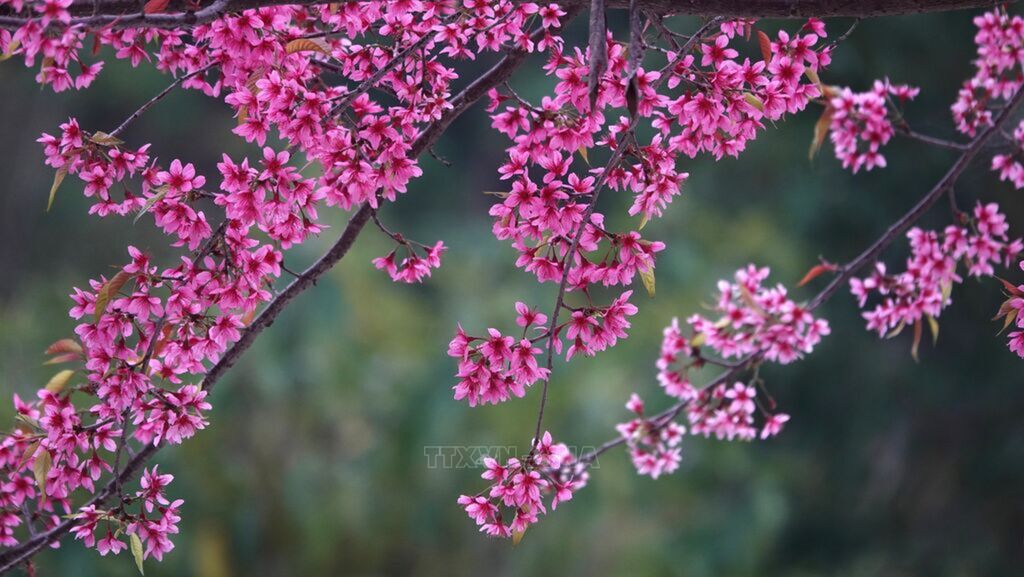
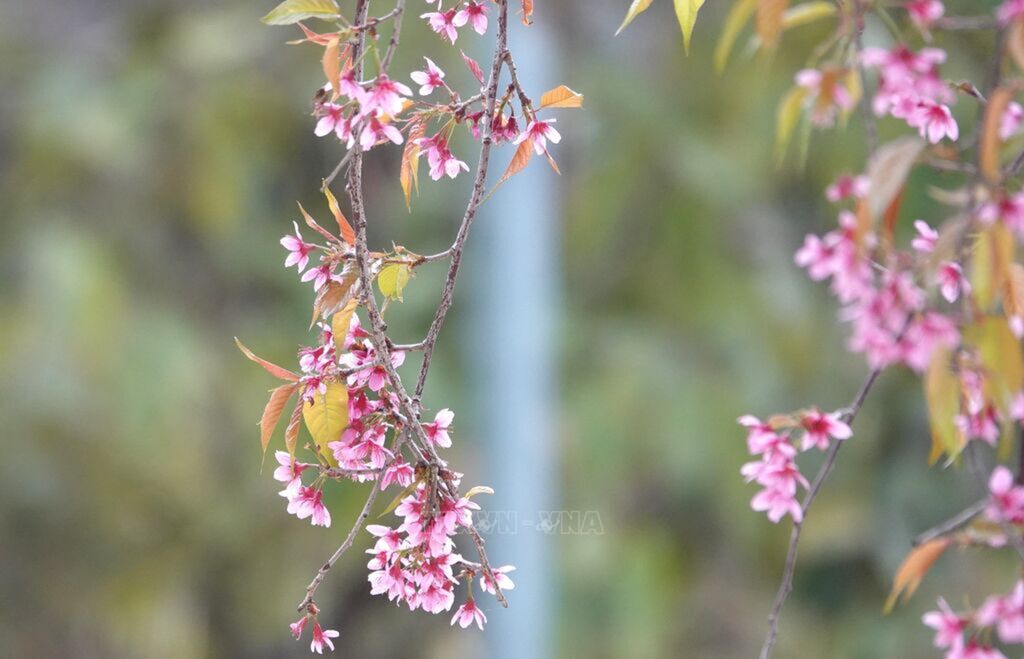
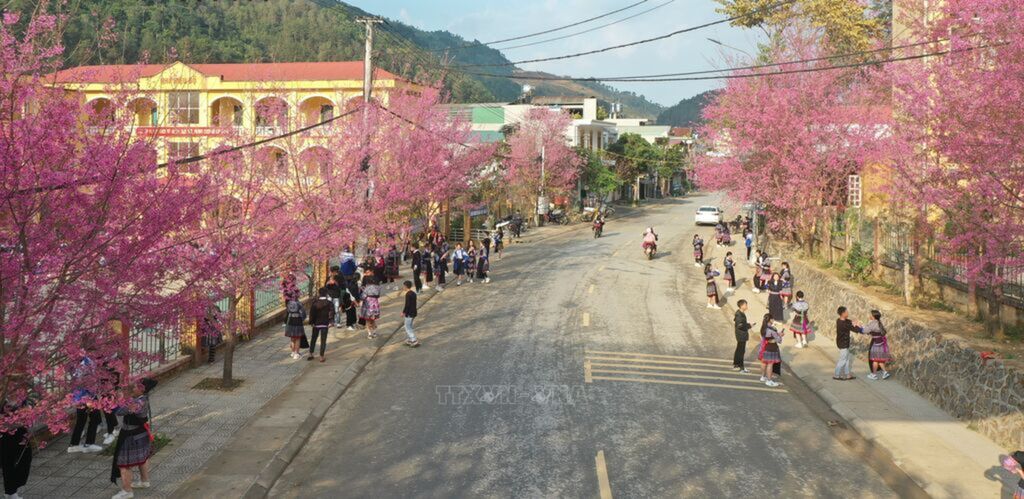
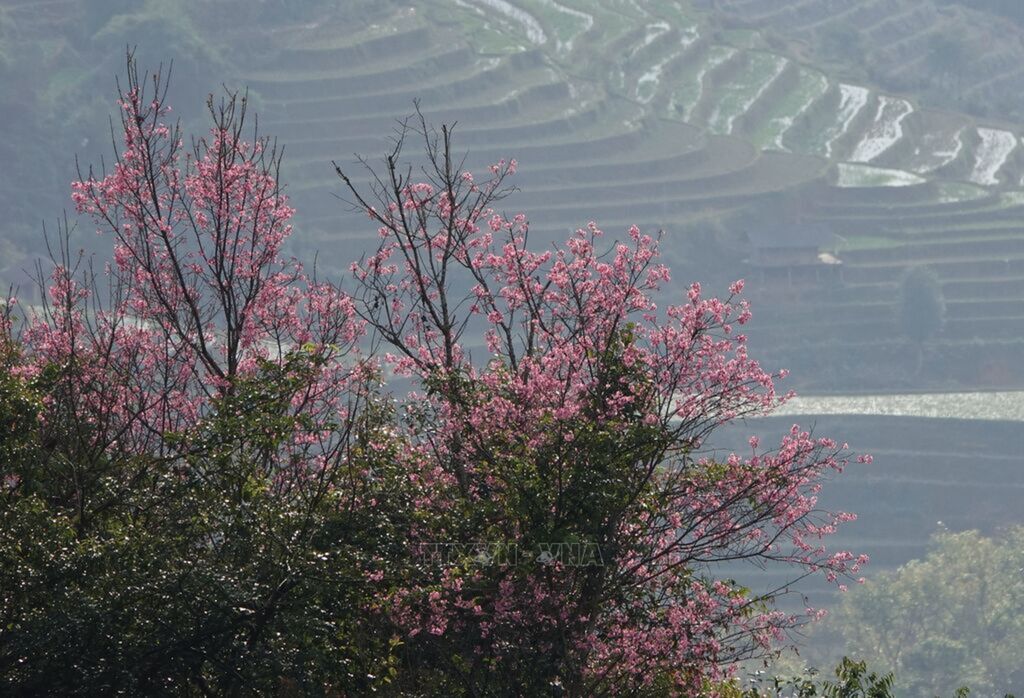
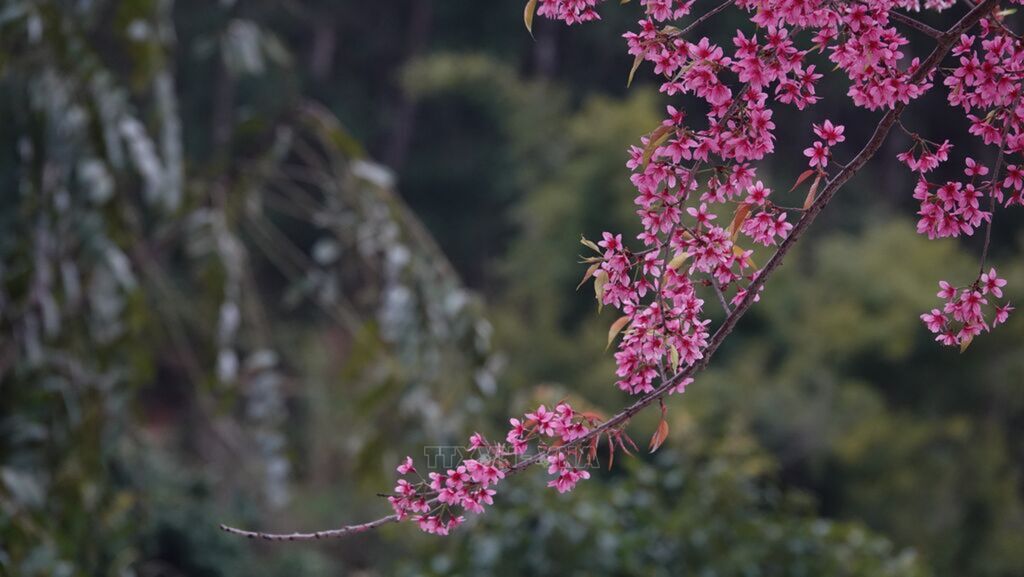
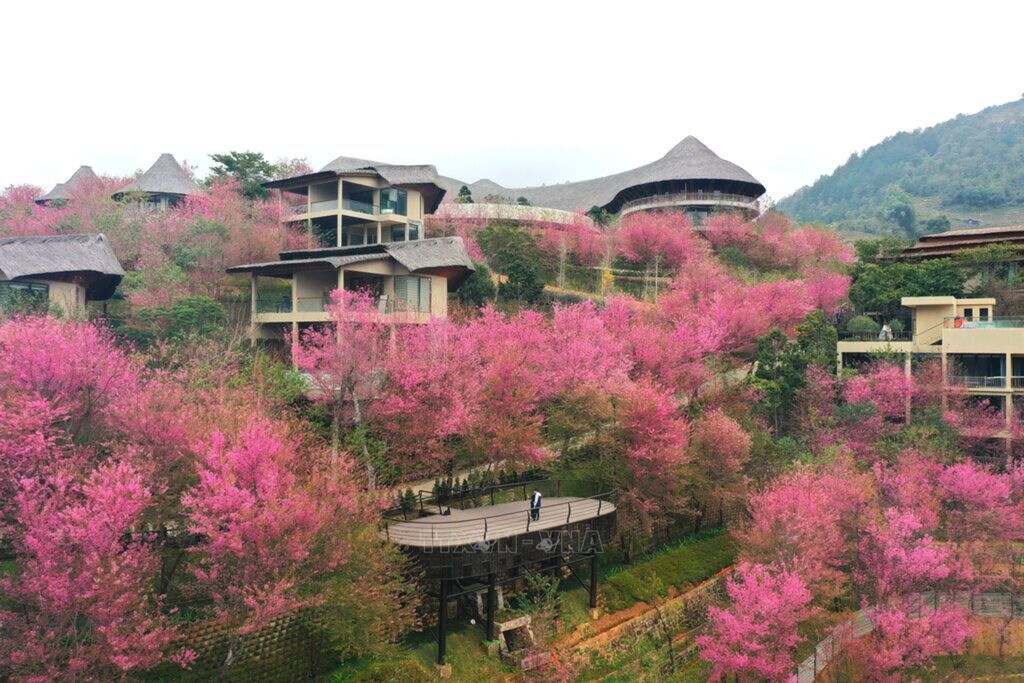
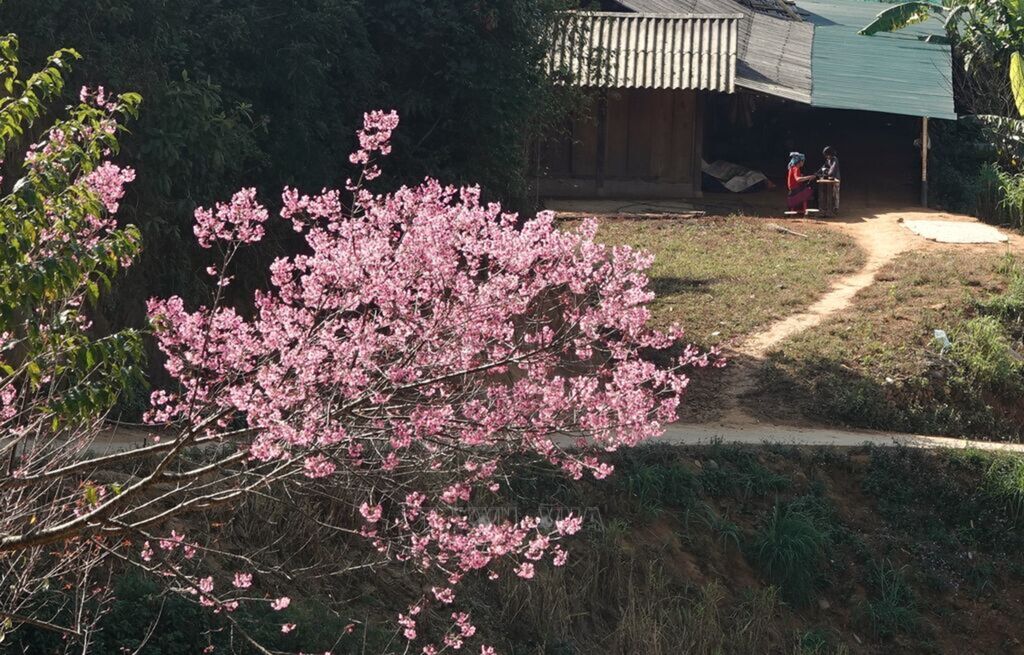









Wild peach blossoms on full display in Yen Bai
To day (wild peach blossoms) are associated with the lives
of many generations of H’Mong people in Mu Cang Chai district in Yen bai
province. To Day is a wild flower belonging to the peach blossom family. The
H’Mong ethnic people in Mu Cang Chai district often call it “Pang to day” -
forest peach blossom in Vietnamese. It has a strong vitality and only blooms in
the cold of winter. To Day flowers have become a special symbol of the harsh
lands of Mu Cang Chai when winter comes. Clusters of the red-pink flowers on
hillsides create a beautiful scene. VNA Photo: Tuấn Anh

